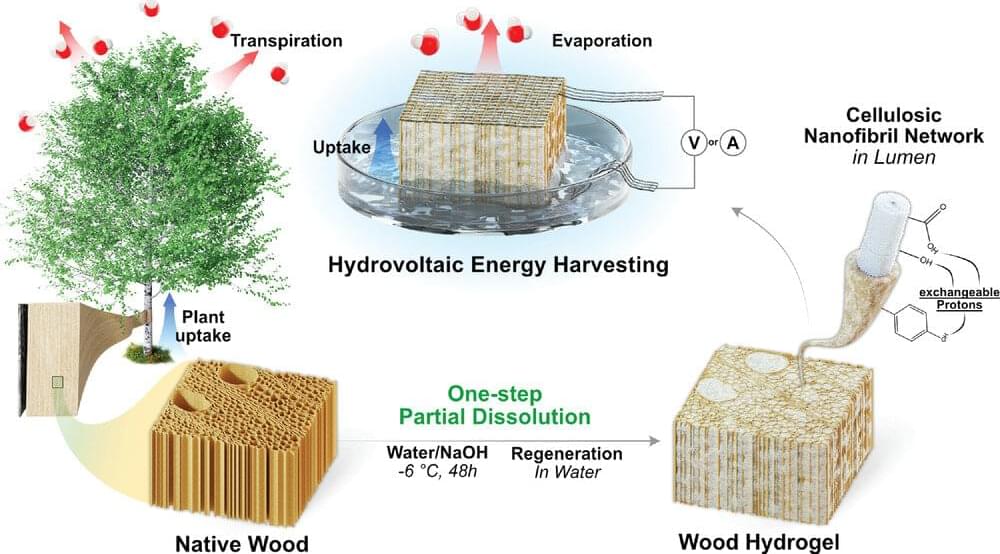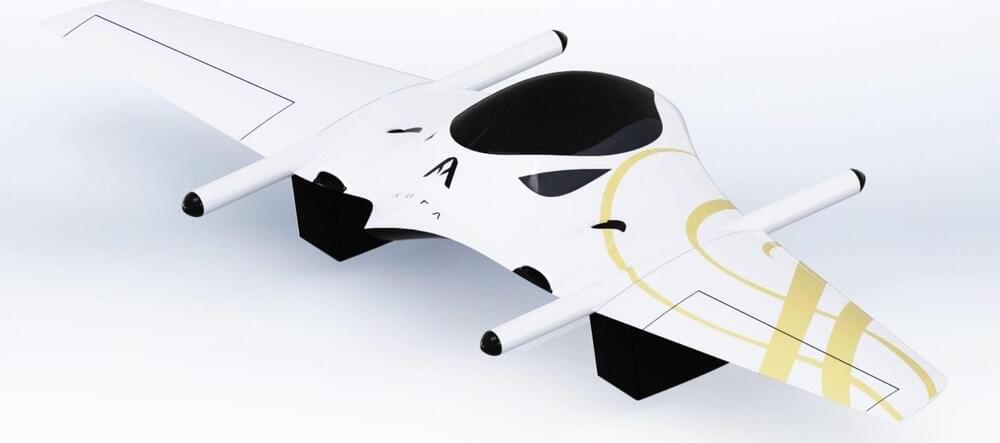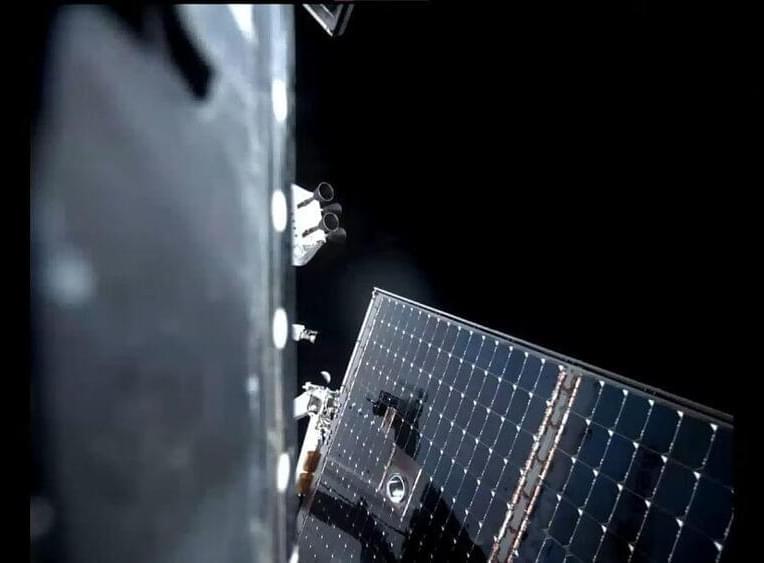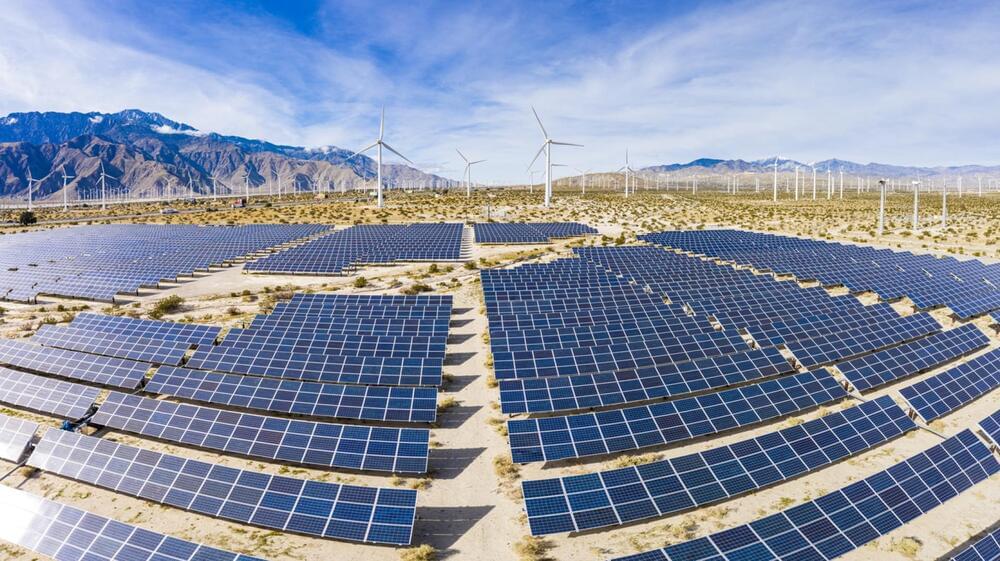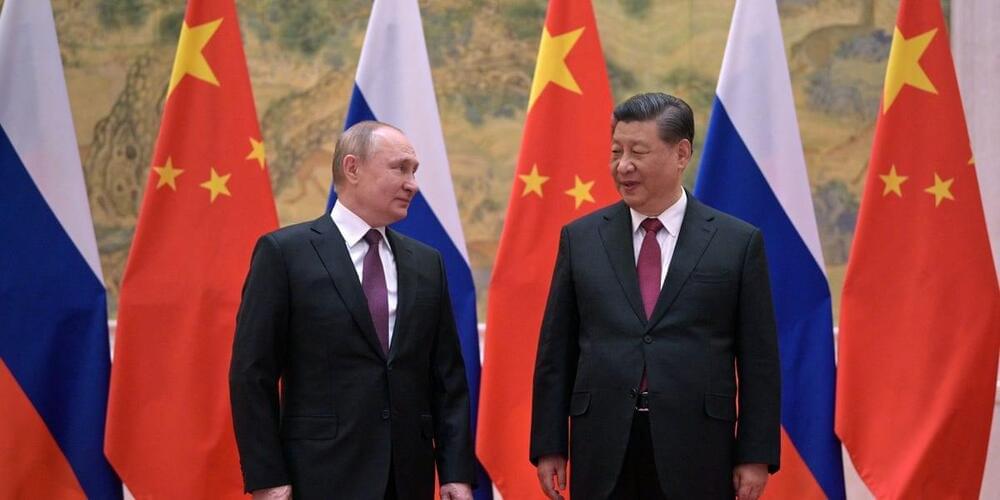Dec 9, 2022
Canada’s TC Energy has shut the Keystone pipeline after one of the largest onshore spills saw 14,000 barrels leak into a Kansas creek
Posted by Genevieve Klien in categories: energy, sustainability
Canada’s TC Energy has shut the Keystone pipeline — which connects Alberta to the US — after 14,000 barrels of crude oil spilled into a creek in Kansas.
Pipe operator TC Energy announced the pipeline’s shutdown at 5.35 a.m. CT on Thursday. The Canadian company said it initiated an energy shutdown and response at 8 p.m. CT on Wednesday after alarms went off detecting a pressure drop in the system.
The cause of the leak is not known. It is not immediately clear as of presstime when the pipeline is expected to come back online.

